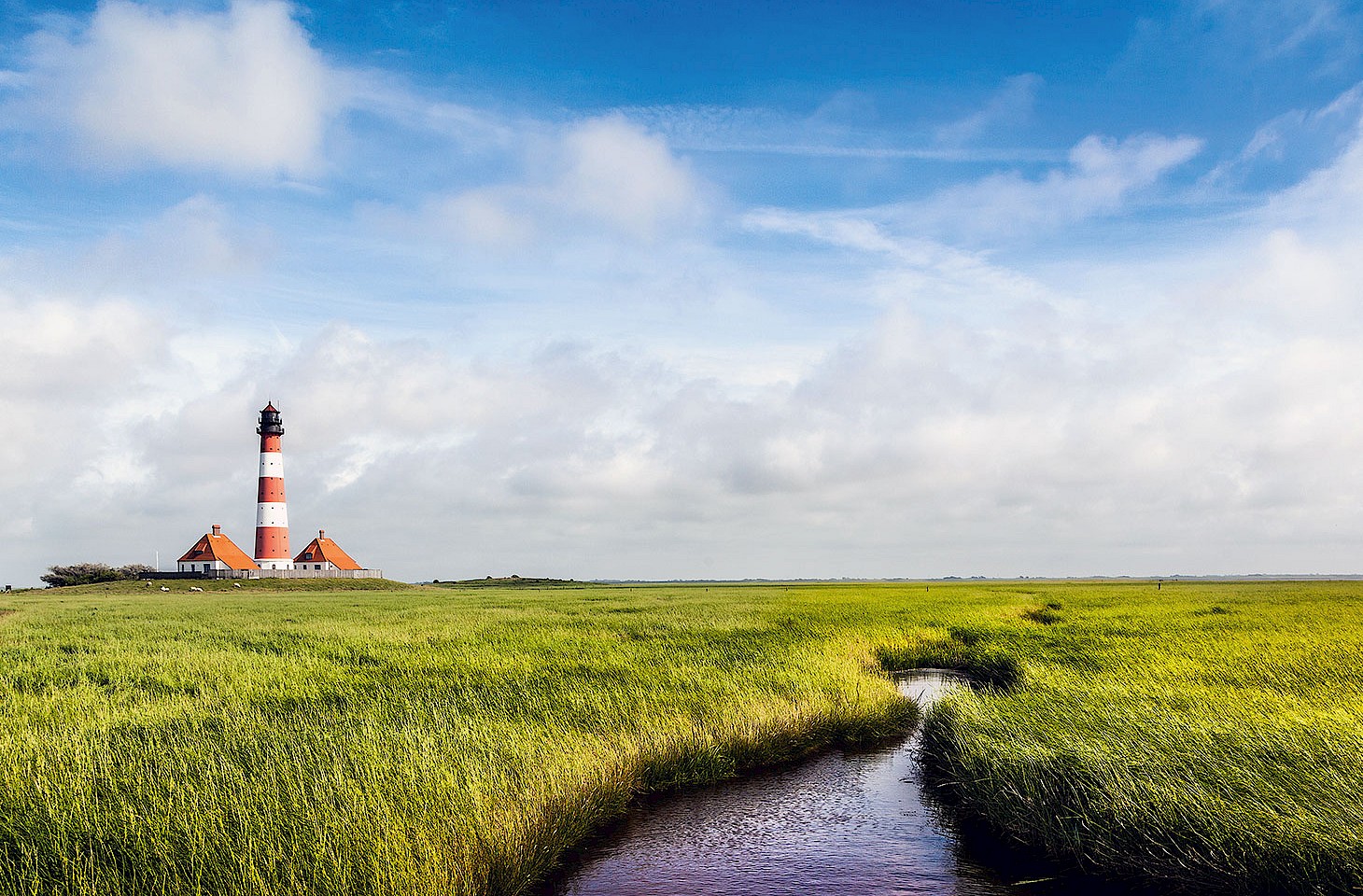We rattle south through Apulia on the slow train, which slips behind apartment blocks and a huge shed proclaiming itself from afar to be a branch of IKEA. None of this was mentioned by Plato who once toured the cities of Magna Graecia — that part of southern Italy where Hellenic settlers founded great cities such as Croton, Sybaris and Tarentum.
The slow train to erstwhile Tarentum, nowadays Taranto, captures a mix of landscapes. Some are unlovely, but these pass quickly and soon we are back in a gentler, softer Apulia — all limestone walls and trulli.
The train pauses in the countryside near Conversano. Two turtle doves confront each other, each occupying the conical summit of a trullo. They stare intensely at each other and then turn their backs. A tiff between lovers, perhaps? We shall never know, for now our train is on the move again, cutting through red hills towards Taranto.
“Ah, Taranto,” says the man in uniform who walks through the train checking tickets. “You’ll need to change at Martina Franca. The other train will be waiting.”
So we change at Martina Franca where, as we pull into the platform, the two little trains toot each other. There are waves and hurried greetings as passengers change trains. Then both trains turn their backs on each other like angry turtle doves and head off in separate directions.
“Why Taranto?” asks a woman on the train in English.
“Because it’s there,” we reply. “The end of the line. And because Pliny liked the oysters.”


